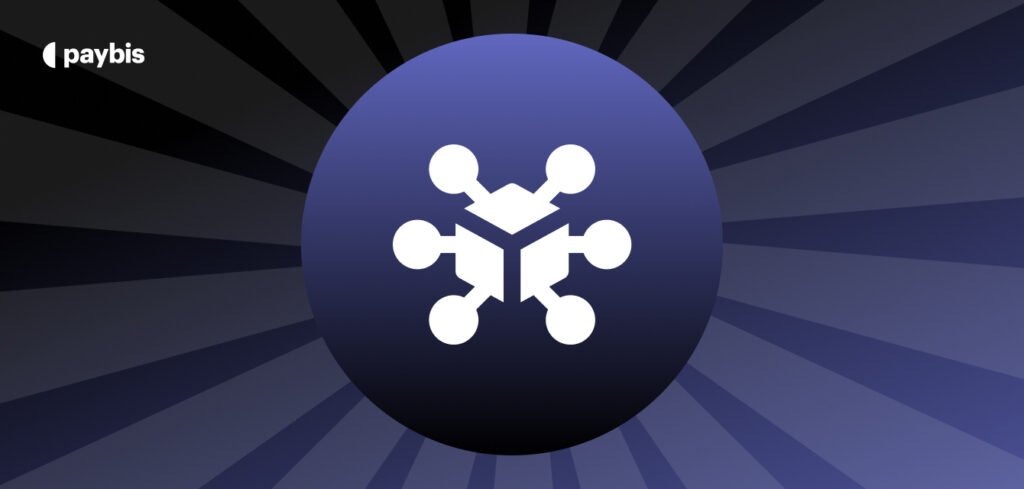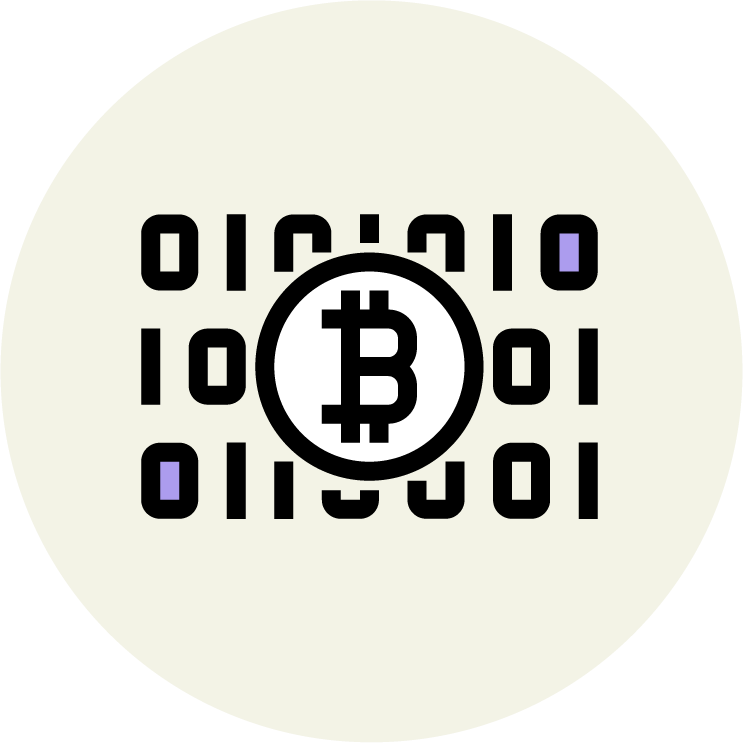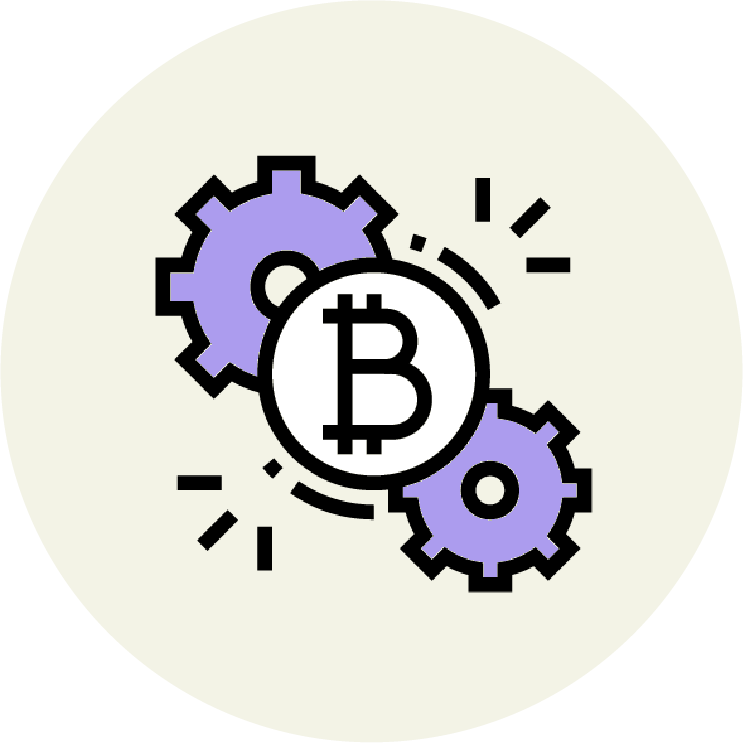Directed Acyclic Graph (DAG)
Directed Acyclic Graph (DAG) is a type of distributed ledger where transactions are represented as nodes in a graph structure. Instead of linking transactions in a linear sequence like traditional blockchains, DAGs connect transactions via directed edges that indicate dependencies, allowing for multiple transactions to be processed concurrently.
Table of contents
What is a DAG?
Directed Acyclic Graph (DAG) is a data structure that organizes transactions as interconnected nodes in a graph without cycles. Each transaction node references one or more previous transactions, creating a web of interlinked transactions. This design enables asynchronous processing of transactions, reduces confirmation times, and increases network efficiency, making DAG-based systems a promising alternative to traditional blockchain architectures for achieving faster and more scalable transaction processing.
How Does a DAG Work?
A DAG works by organizing nodes (representing data points, tasks, or events) in a hierarchy where each node points to one or more subsequent nodes, but never back to itself or any previous nodes. This hierarchical organization ensures a clear direction and avoids cyclic dependencies through the following processes:
- Node Representation: In a DAG, each node represents a specific piece of information, a task, or a transaction. The structure is designed such that every node is connected to one or more subsequent nodes through directed edges.
- Edge Direction: The directed edges indicate the flow or dependency between nodes. For example, if node A points to node B, it implies that A must be processed or considered before B.
- Topological Sorting: DAGs often use topological sorting to order the nodes linearly, ensuring that each node comes before all the nodes it points to. This sorting is useful for applications like task scheduling and version control, where the sequence of operations matters.
- Traversal and Processing: Traversing a DAG involves starting from nodes with no incoming edges (root nodes) and proceeding in the direction of the edges. Since there are no cycles, this traversal always progresses forward, making it efficient and predictable.
Instead of arranging transaction blocks linearly, DAG-based systems like IOTA’s Tangle and Nano’s block-lattice structure transactions in a graph. Each new transaction verifies one or more previous transactions, creating a web of interlinked transactions that improve scalability and reduce the need for centralized validation.
Advantages of DAGs over Blockchains
DAGs present several advantages over traditional blockchain architectures, particularly in the areas of scalability, efficiency, and flexibility. Some of these are:
- Scalability: DAGs inherently support higher transaction throughput. Since multiple transactions can be processed simultaneously and verified in parallel, the system can handle a significantly larger number of transactions per second compared to blockchains, which process transactions in sequential blocks.
- Reduced Fees: In many DAG-based systems, transaction fees are minimal or nonexistent. Since each transaction helps validate previous transactions, there’s less need for miners or validators to be incentivized through fees, making the system more cost-effective for users.
- Energy Efficiency: Unlike Proof-of-Work (PoW) blockchains that require substantial computational power for mining, DAGs often employ more energy-efficient consensus mechanisms. This reduction in energy consumption makes DAGs more environmentally friendly and sustainable.
- Confirmation Times: Transactions in a DAG can be confirmed much faster than in a blockchain. Since transactions are continuously added and validated by subsequent transactions, the confirmation times can be significantly shorter, enhancing the overall user experience.
- Decentralization and Security: While blockchains rely on miners or validators, DAGs distribute the validation process across all participants, potentially enhancing decentralization and security. The absence of a centralized group of validators reduces the risk of centralization and makes the network more resilient to attacks.
Some Disadvantages of DAGs
Despite their advantages, DAGs also come with certain limitations and challenges:
- Complexity: DAG-based systems are more complex to design and implement compared to traditional blockchains. The intricacies of ensuring consistent and secure transaction validation require sophisticated algorithms and network management.
- Security Concerns: While DAGs offer potential security benefits, they also face unique challenges. For instance, ensuring that malicious actors cannot easily manipulate the transaction verification process requires advanced security measures and vigilant network monitoring.
- Adoption and Compatibility: Blockchain technology has a more extensive adoption and established infrastructure. Transitioning from traditional blockchains to DAG-based systems may involve significant changes in protocols, interoperability issues, and resistance from existing stakeholders.
- Consensus Mechanisms: Developing effective and efficient consensus mechanisms for DAGs is still an area of active research. Ensuring that these mechanisms are both secure and scalable without introducing vulnerabilities or inefficiencies is necessary for the success of DAG-based systems.
- Maturity and Provenance: Blockchain technology has been tested and proven over more than a decade, while DAG-based systems have a limited track record in establishing their reliability over time. This can only happen through many real-world applications built on DAG networks and extensive testing.
Conclusion
Directed Acyclic Graphs (DAGs) represent an innovative approach to data organization and transaction validation, offering significant advantages over traditional blockchain architectures in terms of scalability, efficiency, and cost-effectiveness. By structuring transactions in a graph rather than linear blocks, DAGs can handle higher transaction volumes with faster confirmation times and reduced energy consumption.
Browse the Paybis Glossary to master more web3 lingo!
Alternatively, explore related terms and articles below.
Disclaimer: Don’t invest unless you’re prepared to lose all the money you invest. This is a high‑risk investment and you should not expect to be protected if something goes wrong. Take 2 mins to learn more at: https://go.payb.is/FCA-Info


